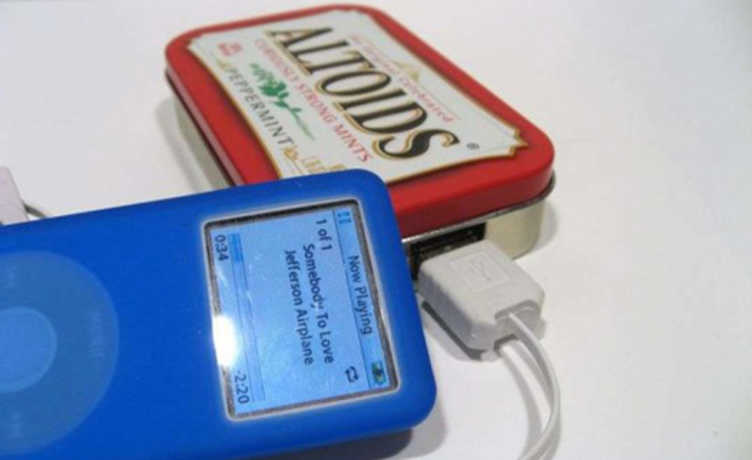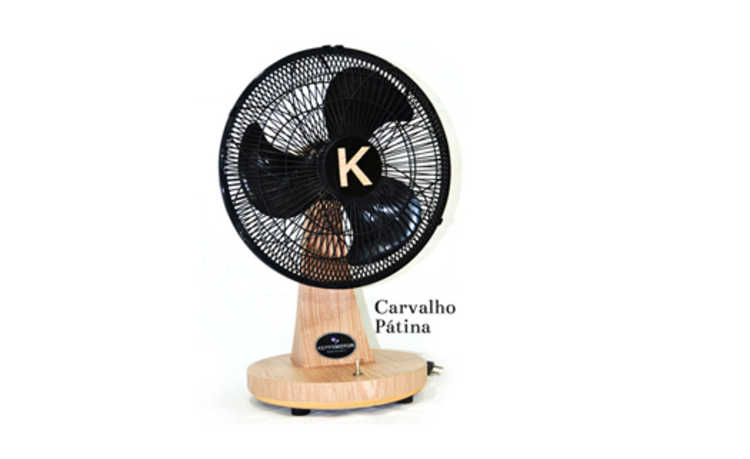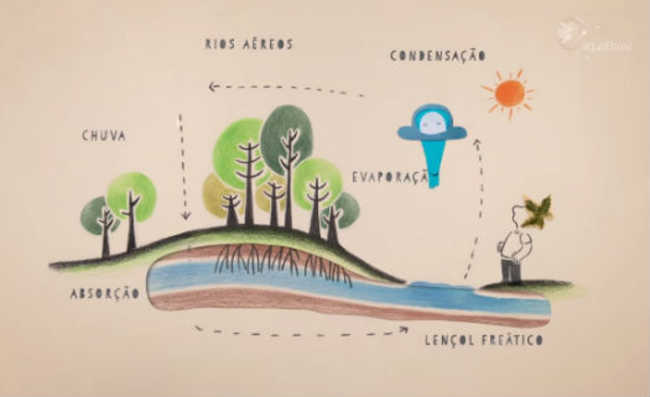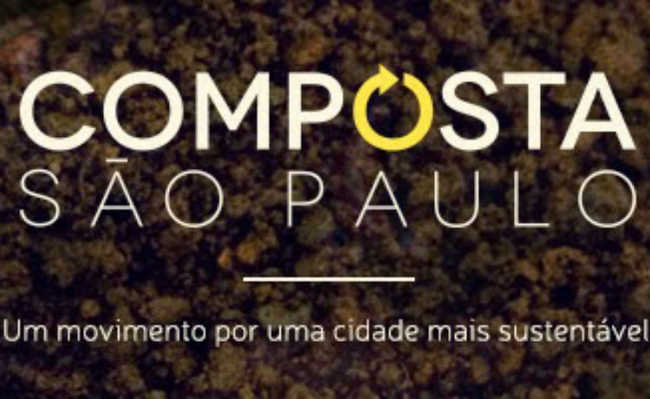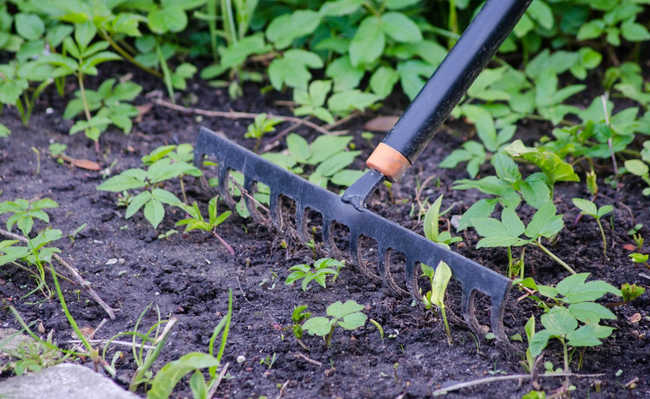Anvisa removes from the toxicological classification pesticides that cause irritation to the skin, nose and eyes
In addition, the labeling with the skull symbol with a red stripe will be removed from pesticide packages that are not correlated with fatal risks

Edited and resized image of Noonecares, is available on Unsplash
The Collegiate Board (Dicol) of Anvisa (National Health Surveillance Agency) approved, on Tuesday (23/7), the new regulatory framework for pesticides, a measure that changes the criteria for evaluation and toxicological classification of products in Brazil. It also establishes changes in labeling, with changes in the use of information, warning words and images (pictograms) to identify hazards to life and human health.
The changes partially adopted some standards of the Globally Harmonized System of Classification and Labeling of Chemicals (Globally Harmonized System of Classification and Labeling of Chemicals – GHS). The rules will take effect from the date of publication in the Federal Official Gazette (D.O.U) and companies will have one year to adapt to the rules.
Before the changes, the pesticide packaging all came with the skull symbol with a red band, indicating the danger, but without detailing what the risks are. Now, with the changes in the regulatory framework, the skull and red stripe will be removed from pesticide packages that are not correlated with fatal risks. Products sold must have the following labeling:
| Category | 1 | 2 | 3 | 4 | 5 | not classified |
|---|---|---|---|---|---|---|
| toxicity | extremely toxic | highly toxic | modernly toxic | Low toxic | Unlikely to cause acute damage | not classified |
| pictogram |  |  |  |  | no symbol | no symbol |
| warning word | Danger | Danger | Danger | Caution | Caution | no warning |
hazard class | ||||||
| Oral | fatal if ingested | fatal if ingested | toxic if ingested | harmful if ingested | It can be dangerous if you ingest | - |
| Dermal | Fatal on skin contact | Fatal on skin contact | Toxic in contact with skin | Harmful in contact with skin | May be dangerous in contact with skin | - |
| inhaled | fatal if inhaled | fatal if inhaled | Toxic if inhaled | harmful if inhaled | Can be dangerous if inhaled | - |
| band color | Red | Red | Yellow | Blue | Blue | Green |
| PMS Red 199 C | PMS Red 199 C | PMS Yellow C | PMS Blue 293 C | PMS Blue 293 C | PMS Green 347 C | |
On its publication website, Anvisa states: "On the GHS, the results of toxicological studies of dermal and eye irritation and dermal and inhalation sensitization will not be used for toxicological classification purposes, but used to establish the communication of the danger of products" .
Product labels will have two more types, which indicate "unlikely to cause acute harm" and "not classified (due to no toxicity)". Before the change - which now features six types of labels - there were only four labels: "extremely toxic", "highly toxic", "moderately toxic" and "low toxic" all indicated toxicity. Now, the change could move pesticides now classified as “extremely toxic” to lower categories.
This means that, in the current system, a pesticide could be classified as "extremely toxic" if it caused injuries that would not necessarily kill. Now, this expression will only be used for products whose ingestion, skin contact or inhalation is fatal.
Another change is that the new framework removes the requirement for animal testing to regulate products, a commitment that Anvisa has publicly expressed. This allows the evaluation by similarity, that is, it will be allowed to release a product whose chemical formula is analogous to another product already released by Anvisa.
According to the director of Anvisa, Renato Porto, the measures adopted are a way to modernize communication with the farmer, so that he can use the product according to the instructions on the package. According to him, "one of the great advances that we have is to bring the farmer to the control and inspection of these products"
Willian Dib, CEO of Anvisa, said: "Agribusiness is vital for our country and the agency cannot be an obstacle to this development."
- Check here the presentation of the technical area on the subject
The proposals approved by Dicol were widely discussed and underwent public consultations in 2018 - CPs 483, 484, 485 and 486. Before that, several Anvisa initiatives addressed this issue, with consultations held in 2011, 2015 and 2016, in addition to a public hearing. The result of this work was consolidated, between 2018 and 2019, in three proposals for RDCs and a Normative Instruction.
The first RDC deals with toxicological information for pesticide, related and wood preservative labels and inserts. The second is focused on criteria for evaluation, classification, prioritization of analysis and comparison of toxicological action. The third RDC provides for the criteria for assessing the dietary risk arising from human exposure to pesticide residues. Finally, there is an IN that establishes and publicizes the list of components not authorized for use in pesticides.
The rules also provide for the use of alternative methods to animal testing, with the removal of redundant animal testing requirements scientifically deemed unnecessary for regulatory decision-making, among other measures.
GHS
Anvisa clarifies that the GHS defines the classification for product labeling purposes according to the outcome of death, analyzed in acute toxicological studies. The proposal is to follow this classification system and establish scientific criteria to compare toxicity (toxic action) between products based on mortality.
The GHS was launched in 1992, during Eco-92, held in Brazil, and the harmonization of classification and labeling of chemicals is one of six program areas endorsed by the General Assembly of the United Nations (UN) to strengthen international efforts relating to the environmentally safe management of chemicals.
According to 2017 data from the Stockholm Environment Institute (SEI), 53 countries currently adopt the GHS standards and 12 have their partial implementation, as is the case in Brazil, Australia and Mexico. In the Brazilian case, GHS rules are already applied to the use of chemical products and the Ministry of Labor's safety standards.
Registration and reclassification
The processes involving the registration and monitoring of pesticides in Brazil are carried out on a tripartite basis. Anvisa evaluates issues related to human health; the Ministry of Agriculture, Livestock and Supply (Mapa) takes care of agronomic issues and is responsible for registering products for agricultural use; and the Brazilian Institute for the Environment and Renewable Natural Resources (IBAMA) is responsible for environmental issues.
With the publication of the new regulatory framework, Anvisa will reclassify pesticides that are already on the market. For this, the agency has already published a notice requesting information, which must be answered by the registration holders. Of the 2,300 pesticides registered in Brazil, Anvisa has already received data for the reclassification of 1,981 products.
Check out the interview with director Renato Porto, for the National Health Surveillance Agency channel:

